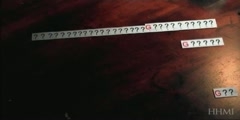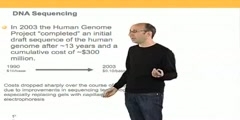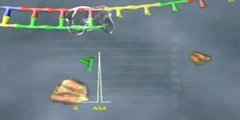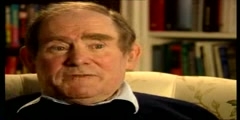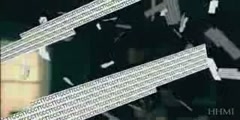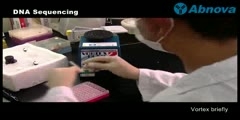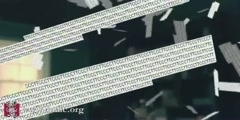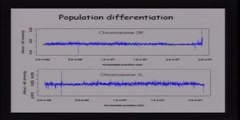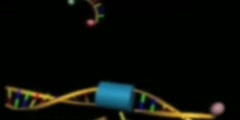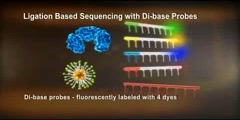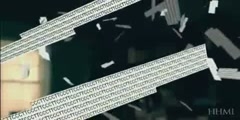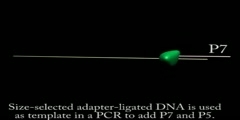Sanger
Sanger and co-workers developed a method for enzymatic sequencing using chain terminators it is called has Sanger sequencing or Dideoxy sequencing reactions.Fed Sanger’s method of DNA sequencing was based on Arthur Kornberg’s earlier work on DNA replication. Remember that a new DNA strand is synthesized using an existing strand as a template.technique, let’s use poly-thymine DNA as an example. The 5` carbon of an “incoming ‘ deoxynucleotide (dNTP) is joined to the 3` carbon at the end of the chain. Hydroxyl groups in each position form ester linkages with a central phosphate. In this way, the nucleotide chain elongates. The key to sangers sequencing method is the peculiar chemistry of dideoxynucleotides (didNTP). Like a deoxynucleotide, a didNTP is incorporated into a chain by forming a phosphodiester linkage at its 5` end. However, the didNTP lacks a 3` hydroxyl goup (OH) necessary to form the linkage with an incoming nucleotide. So the addition of a didNTP halts elongation. To sequence DNA,Four separate reactions are necessary one to provide sequence information about each of the nucleotides. Each reaction contains: template DNA, a short primer (about 20 nucleotides), DNA polymerase, and the four dNTPs (one radioactively labeled). One type of didNTP A, T, C, or G is added to each. First the DNA is denatured into single strands at nearing-boiling temperature. At high temperatures, the kinetic motion of the DNA molecule disrupts the weak hydrogen bonds that join complementary DNA strands together. When the temperature is lowered, the primer binds to its complementary sequence in the template DNA. Kornberg’s earlier work showed that a primer is needed for DNA polymerase to start replication. The DNA polymerase makes no distinction between dNTPs or didNTPs each time a didNTP is incorporated, In this case didATP, synthesis is “terminated” and a DNA strand of a discrete is generated. In this sequencing example, the didATP(purple) has terminated the reaction. The dATP happens to be the radioactive tracer but this has no effect on elongation. Because billions of DNA molecules are present, the elongation reaction can be terminated at any adenine, position. This results in collections of DNA strands of different lengths.Same thing happens to other three(G ,C,T) terminator reaction. Each reaction is then loaded into a separate lane of a polyacrylamide gel containing urea, which prevents the DNA strands from renaturing during electrophoresis. Ionized phosphates give the DNA molecule a negative charge, so DNA migrates toward the positive pole of an electric field. The movement of DNA molecules through the polyacrylamide matrix is size dependent. A blue dye that also migrates to the + pole is added to the samples to track the progress of DNA in the sequencing gel. The dye run just a little faster than the smaller fragments of DNA. Over the course of electrophoresis, shorter DNA molecules will move further down the gel than larger ones. Millions of terminated molecules of the same size will migrate to the same place and “band” in the gel. After electrophoresis the gel is sandwiched against X-ray film. The radioactive adenine in the synthesized DNA emits beta particles that expose to film, making a record of the positions of DNA bands in the gel. The sequencing gel is then read from bottom to top. The sequence of bands in the various terminator lanes gives the sequence of nucleotides in the template DNA.A typical sequencing reaction will yields 200-500 base pairs of readable sequence.
Channels: Genetics Molecular Genetics
Tags: sanger sequencing
Uploaded by: second ( Send Message ) on 07-07-2009.
Duration: 4m 46s
